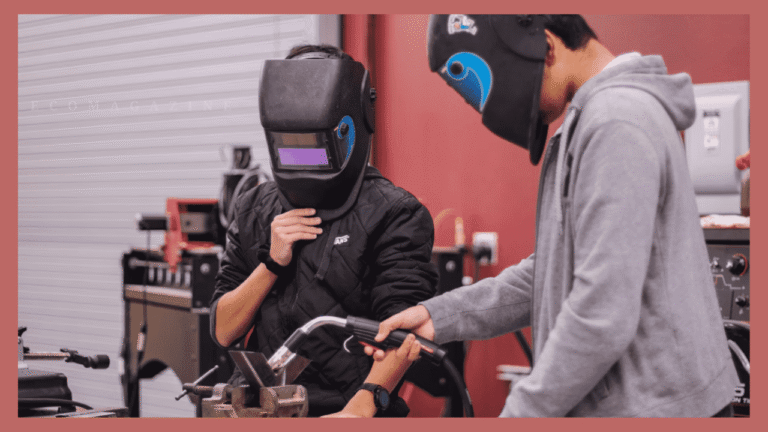When people discuss building a sustainable future, the conversation often shifts toward renewable energy, new technologies, and government policies. Those are critical pieces of the puzzle, but they often overlook the human side of the equation.
Who will actually install the solar panels? Maintain the wind turbines? Retrofit older buildings with energy-efficient systems?
That’s where vocational education steps in, and why it deserves more attention in climate and sustainability conversations.
Technical and trade education equips people with the hands-on skills to bring green ideas to life. Without a trained workforce, even the most innovative sustainability plan is just a blueprint collecting dust. As industries across energy, construction, and manufacturing shift toward eco-friendly practices, vocational programs become the driving force behind these changes.
Connecting Sustainability and Career Readiness
At its core, vocational education is about preparing students for the jobs that keep society running. In today’s economy, many of those jobs now have a sustainability component, whether it’s reducing emissions, conserving resources, or designing systems that use less energy. That makes trade schools and technical training programs more important than ever.
Institutions like Texas technical schools are a great example. They offer programs that not only prepare students for reliable careers but also align with the growing demand for green skills.
From HVAC specialists trained to install energy-efficient systems, to electricians who understand how to integrate renewable power sources into the grid, vocational education connects career readiness directly to environmental responsibility.
By blending practical training with sustainability, these schools are helping to build a workforce that can scale green solutions in the real world.
Why Vocational Education Matters for the Climate
The global shift toward sustainability isn’t just happening in research labs or corporate boardrooms. It’s happening on rooftops, construction sites, factory floors, and in local communities. That’s why vocational training is indispensable. Let’s look at some reasons why:
- Scalability of Green Tech: Solar panels and wind turbines are useless if there aren’t enough technicians to install and maintain them. Vocational programs create the skilled workforce needed to expand these technologies at scale.
- Energy-Efficient Buildings: Retrofitting old infrastructure is one of the biggest opportunities for reducing emissions. Plumbers, HVAC specialists, and construction tradespeople with green training are the ones making those upgrades possible.
- Job Creation and Stability: Sustainability isn’t just about the environment. It’s also about building an economy that works for people. Vocational education provides stable, well-paying jobs while serving community needs.
- Local Impact: Unlike some white-collar jobs that can shift across borders, trades are rooted in local communities. That means vocational training helps create sustainability where people live and work.
These points highlight the quiet but essential role vocational programs play in addressing climate challenges. Without them, the ambitious goals set by governments and corporations would fall flat.
A Future Built by Skilled Hands
Think of sustainability as a three-legged stool: policy, technology, and workforce. Remove any one of those legs, and the stool collapses. Right now, too much focus is placed on policy and innovation, while workforce training often gets overlooked.
Vocational education fills that gap by preparing people for the very real, hands-on tasks that drive sustainability forward. Consider a few examples:
- A wind farm can’t operate without technicians who know how to safely climb turbines and fix electrical issues
- A city’s plan to cut energy use depends on HVAC technicians trained in high-efficiency systems
- Water conservation strategies require plumbers who understand advanced recycling and graywater systems
These careers may not always grab headlines, but they are the backbone of a sustainable economy.
Closing Thoughts
The climate conversation often revolves around innovation, policy, and corporate pledges, but the missing piece is the skilled hands that make change happen. Vocational education doesn’t just prepare people for jobs; it prepares them to be part of the solution.
If we want sustainability to move from vision to reality, we need to invest as much in our workforce as we do in technology and policy. That means recognizing vocational training as not just an option, but a necessity for building the world we want to live in.


